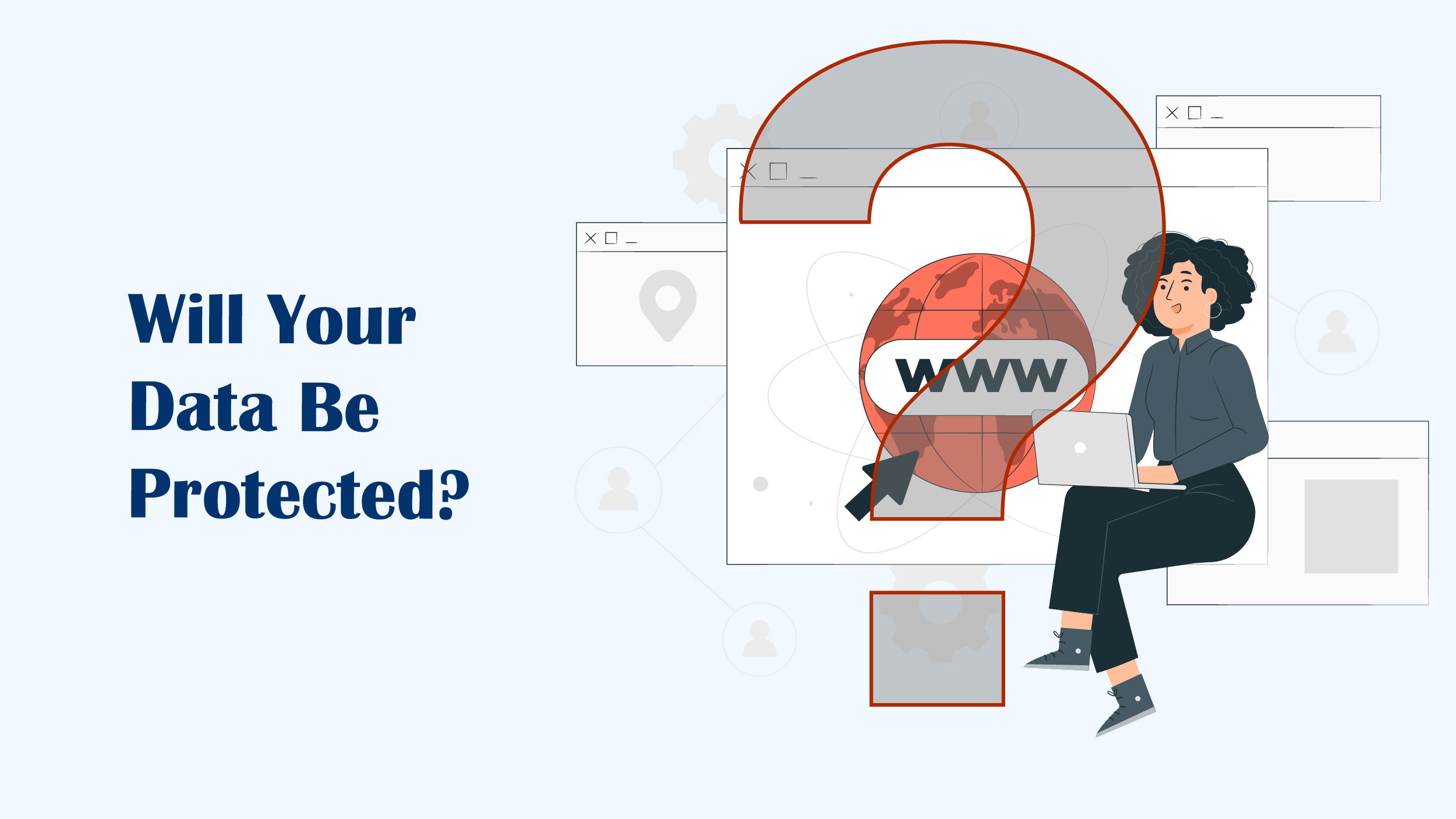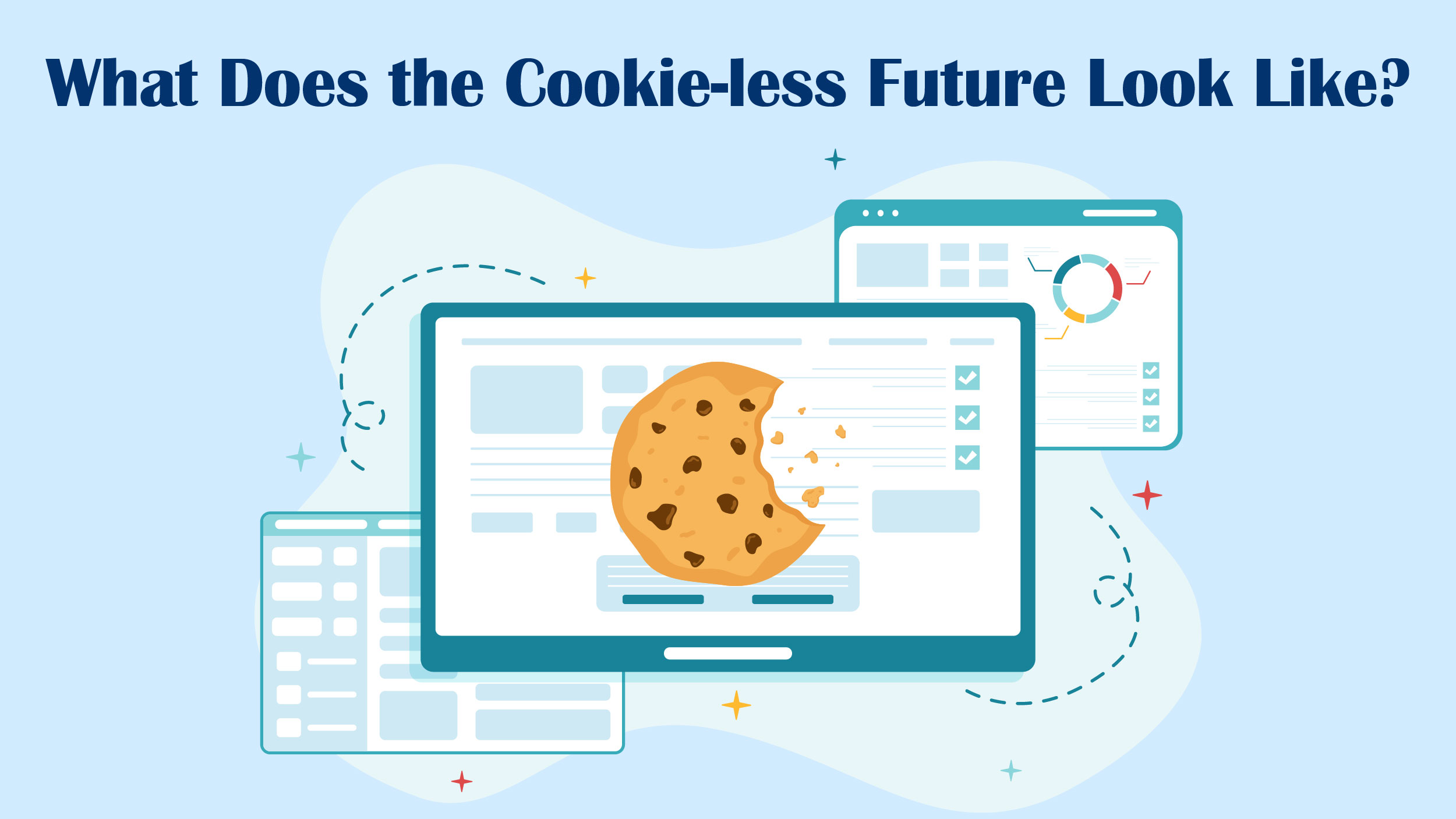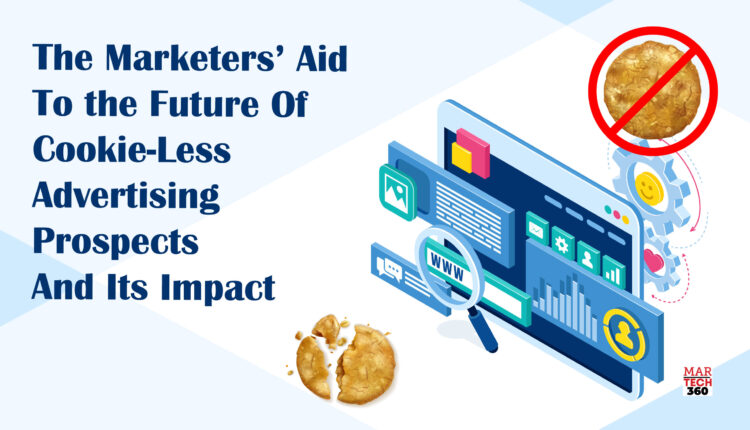The Internet experience has integrated advertising to a significant extent. For many years, cookies have been vital for enabling targeted advertising, monitoring user behavior, and customizing content delivery. However, as the era of third-party cookies draws to a close, the landscape of digital advertising is going through a major transformation. A new reality for advertisers and marketers is the era of cookie-less advertising as major web browsers phase out or restrict support for cookies and user privacy concerns rise. While this change may appear intimidating, it also offers the business a wealth of options and possibilities to reinvent itself and develop new ways to connect and engage with consumers.
This blog will look into the intriguing possibilities of cookie-free advertising and examine its potential impacts.
Cookie-less Advertising Prospects
Prospective consumers who can be targeted through advertising even while third-party cookies are not being utilized to monitor their behavior are known as “cookieless advertising prospects”. Marketers rely more on first-party data and alternative monitoring techniques in a cookie-less advertising environment in order to identify and target audiences.
They can be targeted using techniques like contextual advertising, location-based targeting, and device identification after being recognized through sources including website traffic, app usage statistics, and customer databases.
The move toward cookieless advertising has increased the focus on privacy and data security, but it also presents challenges and opportunities for marketers to connect with and engage with potential customers using fresh, cutting-edge strategies.
Impact of Cookie-less Advertising Prospects
Since we have relied on third-party cookies for numerous applications for nearly two decades, the impact of removing them is reflected in many aspects of the programmatic advertising ecosystem.
1. If there are no third-party cookies in web browsers, data management platforms (DMPs) will no longer be able to build audiences that might be utilized by advertisers for targeting.
2. If AdTech Platforms are no longer able to map the relevant user to display advertising on the browser due to the lack of cookie synchronization, their targeting, frequency capping, and conversion tracking needs to be handled differently.
3. Advertisers that previously relied on third-party data to target relevant consumers need to focus on creating first-party audiences and forming a partnership with a relevant publisher to buy inventory directly. SSP and Ad Exchange are unable to identify users on websites in the same way that third-party cookies allow them to do presently.
Will Your Data Be Protected?
 Third-party cookies form the backbone of digital advertising, but consumer privacy laws such as GDPR and CCPA have to ensure that user data tracking is done with their consent and transparency. However, several third parties are using fine-grained user data to retarget them based on their existing web activity, which doesn’t sit well with most users.
Third-party cookies form the backbone of digital advertising, but consumer privacy laws such as GDPR and CCPA have to ensure that user data tracking is done with their consent and transparency. However, several third parties are using fine-grained user data to retarget them based on their existing web activity, which doesn’t sit well with most users.
Major browsers such as Apple, Safari, and Mozilla Firefox have already eliminated third-party cookies by introducing ITP2.2 and ETP, respectively, which block third-party cookies but also allow third-party cookies to masquerade as first-party cookies using their enhanced tracking system, ensuring transparency and explicit consent management.
Google Chrome has a massive user base of around 62.85% across all devices, and Google has announced that after two years, it will be blocking third-party cookies completely. This is the last nail in the coffin, as scrapping third-party cookies will affect programmatic advertising targeting potential consumers.
How to Navigate Cookieless Advertising Prospects?
Modern-day businesses need to devise creative ways to interact with customers without using more intrusive tracking techniques. Below are some practical tips and tricks for navigating cookie-less spaces that will help you ace digital marketing:
1. First-Party Data Collection
It basically entails acquiring data directly from customers and prospects through numerous touchpoints, like website registrations, newsletter sign-ups, and in-app engagements. Without violating the privacy of the user, this information can be used to generate customized experiences. For instance, based on a customer’s website surfing history, you can develop customized product suggestions or email campaigns that are relevant to them.
2. Google Topics
Google has chosen what it’s calling “Topics” as its primary focus after testing and assessing a number of alternative operational models for the impending cookie-less world. The Chrome browser tracks a user’s browsing history for a brief period of time (weeks, not months) and organizes the user’s surfing patterns into Topics. Ad networks using this API will therefore be able to push advertisements to browsers whose preferences correspond to the topic.
3. AI and Machine Learning
Machine learning and AI can help in consumer segmentation and user behavior analysis without relying on third-party cookies. These technologies enable the user to recognize patterns and trends in consumer behavior, allowing them to adjust their marketing campaigns accordingly.
For instance, AI can analyze a customer’s online behavior to anticipate which things they are most likely to buy and then show them tailored advertisements or specials.
What Does the Cookie-less Future Look Like?
 As a result of the elimination of the third-party cookie, the ad tech industry is undergoing an identity crisis. Universal identifiers are one of the emerging post-cookie solutions, but their effectiveness is yet to be seen.
As a result of the elimination of the third-party cookie, the ad tech industry is undergoing an identity crisis. Universal identifiers are one of the emerging post-cookie solutions, but their effectiveness is yet to be seen.
Although the IAB Tech Lab’s unique Seller-Defined Audience is another option to bring addressability to a cookie-free future, it might very well harness the open web to safely scale first-party data monetization.
Publishers will be able to label their audiences and submit those labels to bidders under the IAB’s plan. These labels can be used to divide audiences into groups depending on their demographics, interests, and purchasing intent. It will also be possible to send contextual cues wherein bidders will be able to find the right audience without the use of third-party cookies, and the entire process promises to be privacy-friendly and law-abiding.
We expect to see a lot more of these possibilities in the future as marketers. We’ll probably need additional tools to fill the void created by the third-party cookie and evaluate them in order to determine their best use. While the strategy appears good on the surface, its true effectiveness will only be seen as the adoption process progresses.


Comments are closed.